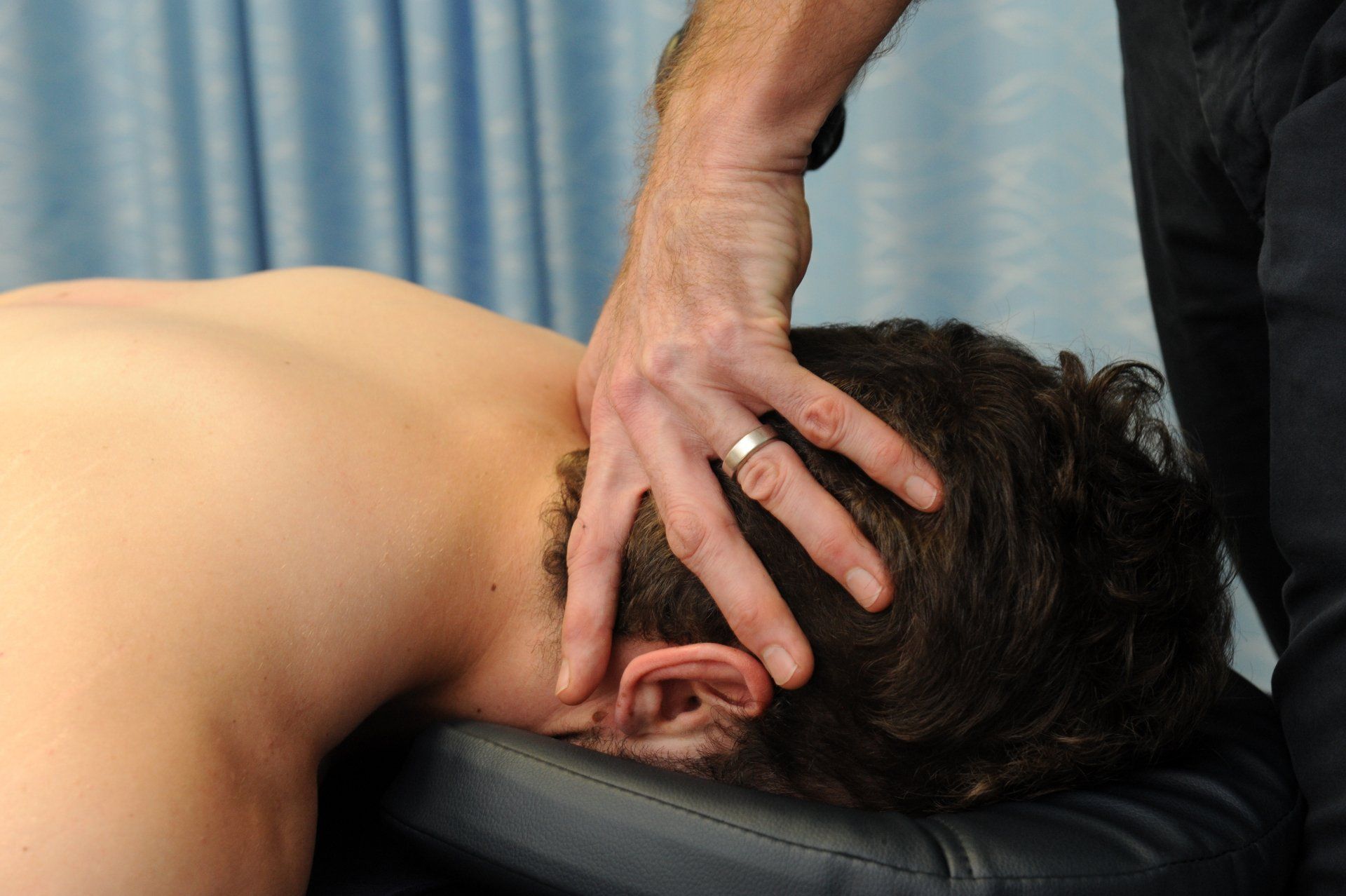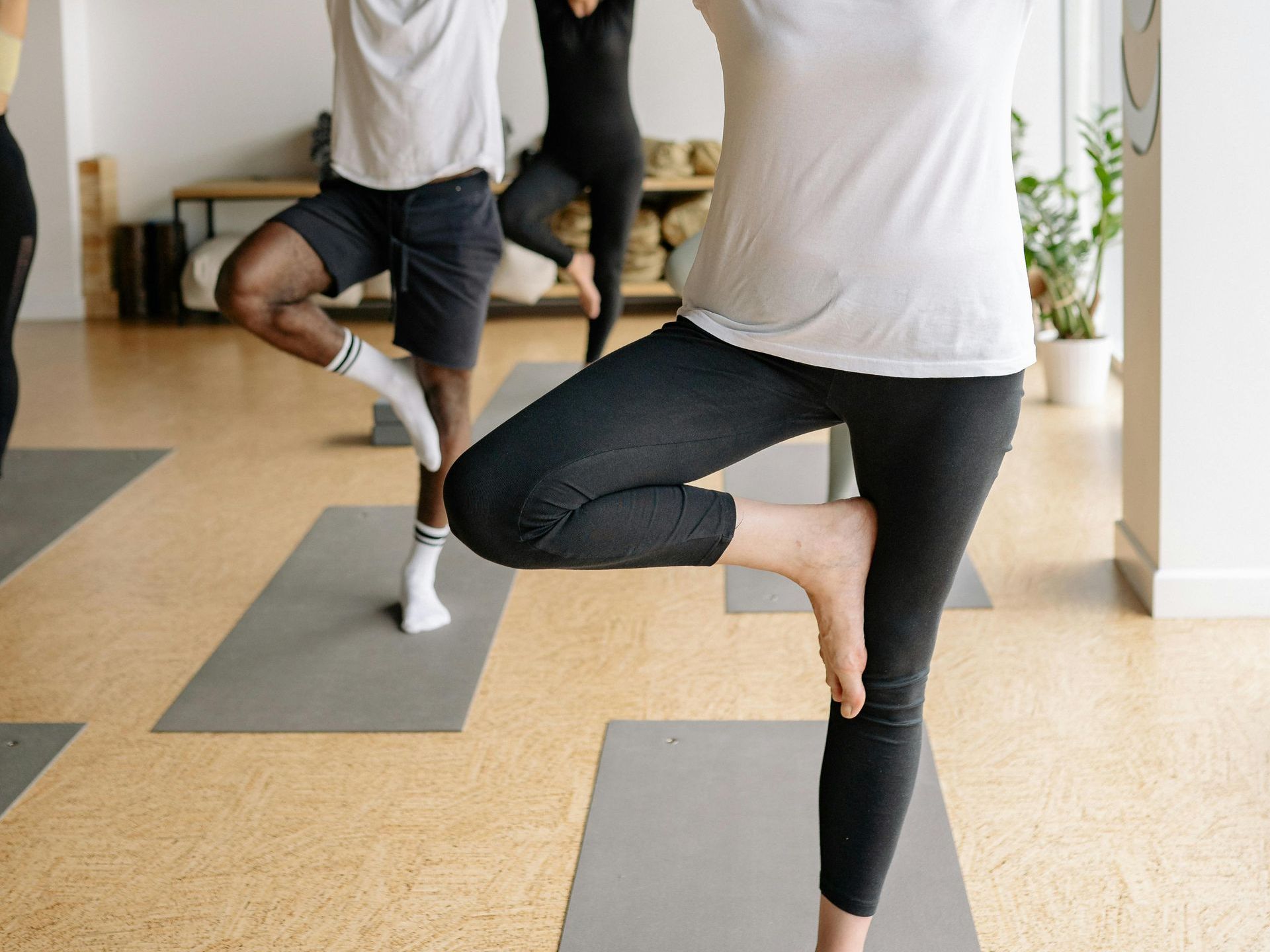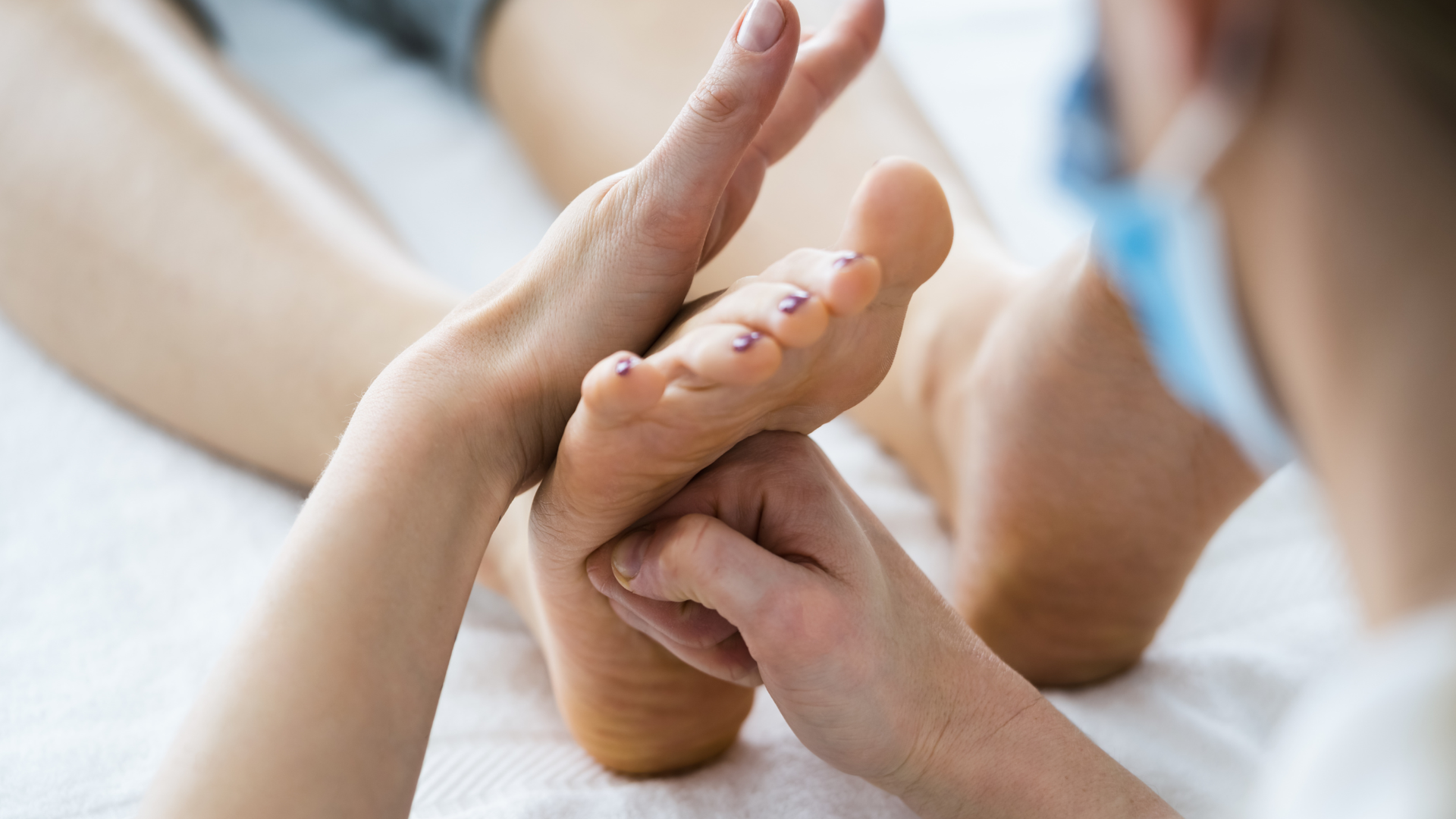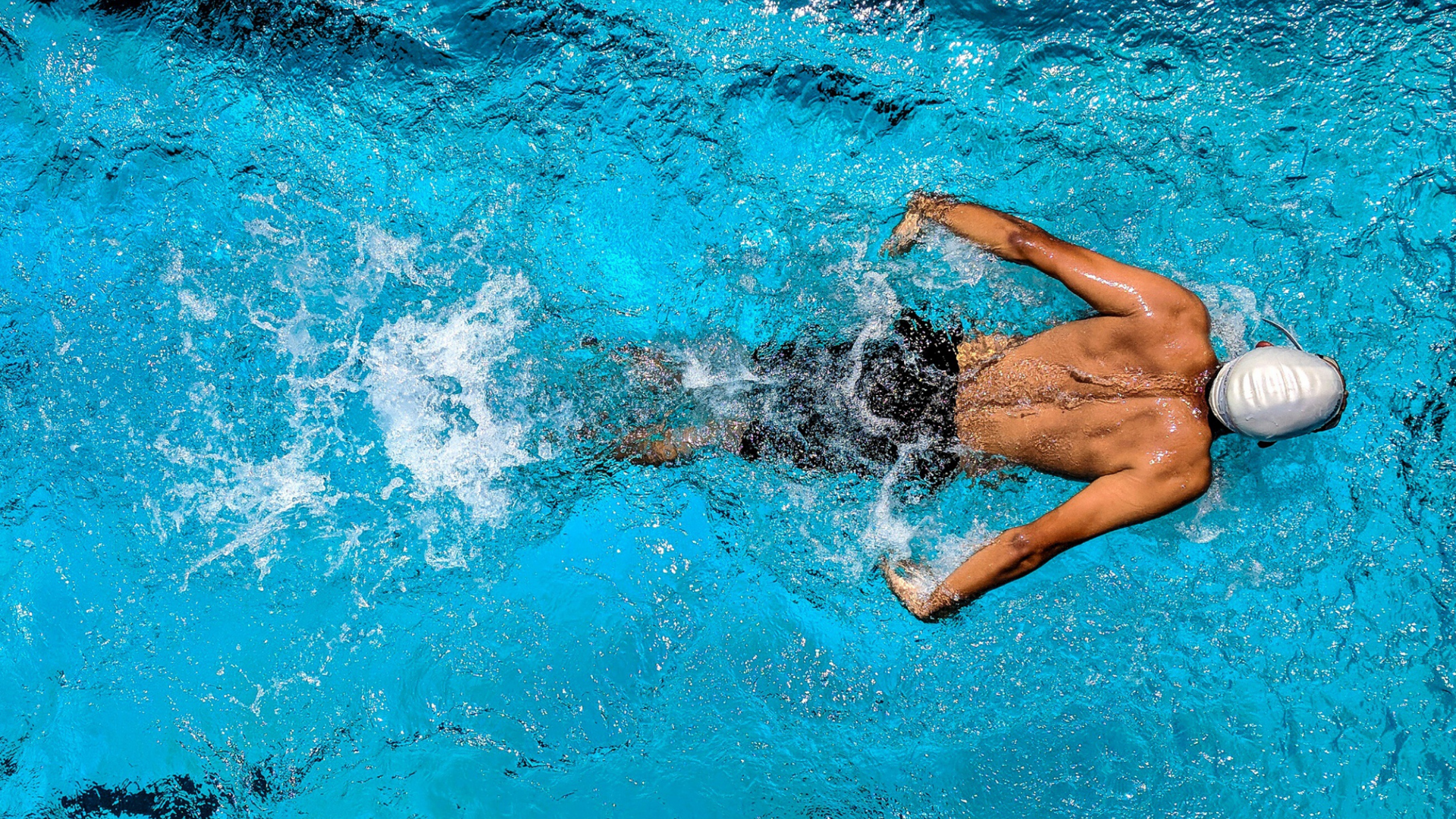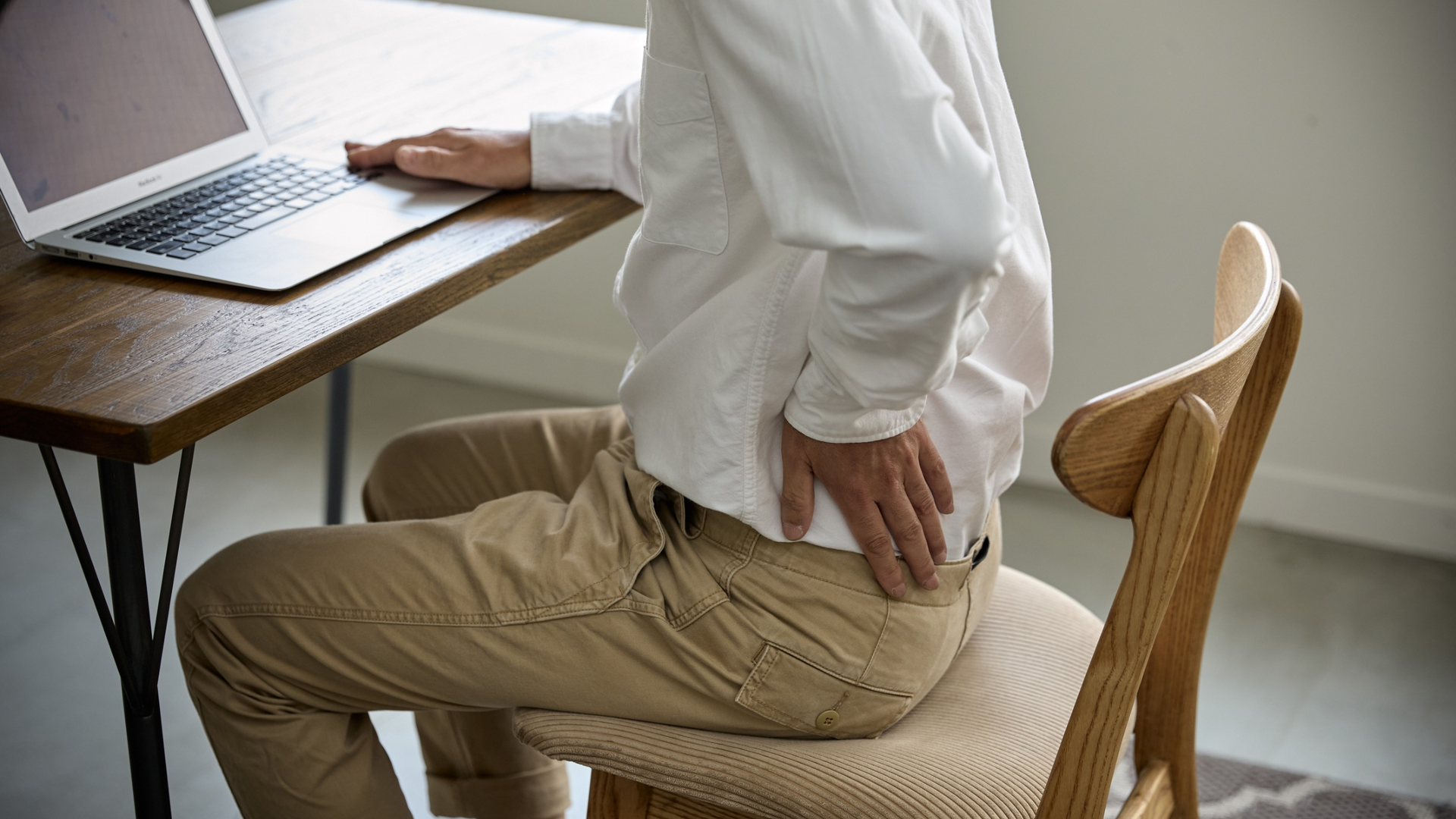Lumbar Spondylolysis
Catch low back pain in active adolescents early for best results and earlier return to sport.

Try these low impact exercises for mild low back pain.
Enter your details to receive your free guide now.
Lumbar spondylolysis is a stress fracture of the pars interarticularis (part of the lumbar vertebra), most commonly affecting adolescent athletes who participate in sports involving repetitive lumbar extension and rotation. It is a frequent cause of low back pain in this population and is typically managed conservatively, with physiotherapy playing a central role in rehabilitation and return to activity.
Anatomy 101
The pars interarticularis is a segment of bone located between the superior and inferior articular processes of the vertebra. In the lumbar spine, spondylolysis most often affects the L5 vertebra, followed by L4. The defect may be unilateral or bilateral and can compromise spinal stability, potentially progressing to spondylolisthesis if both sides are involved. The lumbar spine is subject to significant mechanical stress during activities involving extension, flexion, and rotation, making the pars interarticularis vulnerable to fatigue fractures, especially in growing adolescents engaged in high-impact sports.
Who gets it?
Spondylolysis is the most frequent diagnosis in adolescent athletes presenting with low back pain, with a higher prevalence in sports such as cricket, gymnastics, football, weightlifting, and diving.
The majority of cases occur during the adolescent growth spurt, often coinciding with a concomitant increase in training load.
Progression to spondylolisthesis is uncommon but more likely in those with bilateral defects.
Diagnosing Spondylosis
Patients typically present with axial low back pain of insidious or acute onset, worsened by activity and relieved by rest. Physical examination findings are non-specific, and pain may be elicited with lumbar extension. Diagnosis is confirmed radiographically; standing anteroposterior and lateral lumbar spine X-rays are first-line, while oblique views are not recommended due to increased radiation and limited diagnostic yield. MRI is useful for detecting early stress reactions and bone marrow edema before a fracture line develops, while CT provides detailed visualization of bony defects and assessment of healing.
What imaging is required
Initial evaluation should include standing AP and lateral lumbar spine X-rays. MRI is preferred for early or occult lesions and for evaluating bone marrow edema, while CT is reserved for confirming bony defects and monitoring healing.
Treatment
Conservative management is the first-line treatment for lumbar spondylolysis. The American College of Sports Medicine recommends activity modification, including cessation of aggravating sports, as the cornerstone of initial therapy. Bracing with a thoracolumbosacral orthosis may be considered, though its benefit is debated; outcomes are similar with or without bracing.
Physiotherapy should focus on lumbar segmental stabilization exercises (LSSE).
The most recent meta-analysis of randomized controlled trials demonstrates that lumbar segmental stabilization exercises (LSSE) as a single intervention significantly improve disability in patients with spondylolysis and spondylolisthesis. LSSE specifically target the deep stabilizing muscles of the lumbar spine, such as the transversus abdominis and lumbar multifidus, to enhance intersegmental control and dynamic stability.
General core strengthening and other exercise-based protocols are also effective for most patients. Core strengthening, combined with stretching, functional exercise, and gradual reintroduction of activity are essential components of rehabilitation. The choice of protocol should be individualized, considering patient-specific factors, adherence, and therapist expertise.
Can I get an injection? What about surgery?
Steroid injections are reserved for persistent pain refractory to conservative measures. Surgical intervention is rarely required and is typically reserved for high-grade spondylolisthesis or neurological compromise.
How long’s it going to take?
Most patients experience symptom resolution and return to normal activities and sport within 2-4 months of conservative management, with bony healing rates exceeding 90% in early-stage lesions. Recurrence rates are notable but do not preclude eventual healing. Long-term prognosis is excellent, with the vast majority regaining full function and activity.
Take Home
Lumbar spondylolysis in adolescent athletes is best managed with early diagnosis, activity modification, and targeted physiotherapy. Most cases heal with conservative treatment, and lumbar segmental stabilization exercises are particularly effective for improving disability. Imaging should be judiciously selected to confirm diagnosis and monitor healing. Prompt, evidence-based management leads to excellent outcomes and safe return to sport.
Have you or your child got back pain and want to get it sorted? Give us a call.
At Movement for Life Physiotherapy, we can assess and help diagnose the cause of your back pain and let you know if you have spondylolysis, non-specific low back pain, or if something else is going on.. With a clear diagnosis and tailored management plan, we'll help get you back to the things you love sooner.
Give us a call now or click on BOOK AN APPOINTMENT to book online.
Sources
- Aoki, Y., Takahashi, H., Nakajima, A., Kubota, G., Watanabe, A., Nakajima, T., Eguchi, Y., Orita, S., Fukuchi, H., Yanagawa, N., Nakagawa, K., & Ohtori, S. (2020). Prevalence of lumbar spondylolysis and spondylolisthesis in patients with degenerative spinal disease. Scientific reports, 10(1), 6739. https://doi.org/10.1038/s41598-020-63784-0
- Berger, R. G., & Doyle, S. M. (2019). Spondylolysis 2019 update. Current opinion in pediatrics, 31(1), 61–68. https://doi.org/10.1097/MOP.0000000000000706
- Choi, J. H., Ochoa, J. K., Lubinus, A., Timon, S., Lee, Y. P., & Bhatia, N. N. (2022). Management of lumbar spondylolysis in the adolescent athlete: a review of over 200 cases. The spine journal : official journal of the North American Spine Society, 22(10), 1628–1633. https://doi.org/10.1016/j.spinee.2022.04.011
- Fredericson, Michael & Jennings, Fabio & Beaulieu, Christopher. (2006). Stress Fractures in Athletes. Topics in magnetic resonance imaging : TMRI. 17. 309-25. 10.1097/RMR.0b013e3180421c8c.
- Gagnet, P., Kern, K., Andrews, K., Elgafy, H., & Ebraheim, N. (2018). Spondylolysis and spondylolisthesis: A review of the literature. Journal of orthopaedics, 15(2), 404-407.
- Helenius, I., Virkki, E., Toomela, T., Studer, D., Gehrchen, M., & Ahonen, M. (2025). An Acta Orthopaedica educational article: Treatment of pediatric spondylolysis and spondylolisthesis. Acta orthopaedica, 96, 80–86. https://doi.org/10.2340/17453674.2024.42450
- Kalichman, L., Kim, D. H., Li, L., Guermazi, A., Berkin, V., & Hunter, D. J.. (2009). Spondylolysis and Spondylolisthesis. Spine, 34(2), 199–205. https://doi.org/10.1097/brs.0b013e31818edcfd
- Leone, A., Cianfoni, A., Cerase, A., Magarelli, N., & Bonomo, L. (2011). Lumbar spondylolysis: a review. Skeletal radiology, 40(6), 683–700. https://doi.org/10.1007/s00256-010-0942-0
- Li, N., Amarasinghe, S., Boudreaux, K., Fakhre, W., Sherman, W., & Kaye, A. D. (2022). Spondylolysis. Orthopedic Reviews, 14(3).
- Lin, L. H., Lin, T. Y., Chang, K. V., Wu, W. T., & Özçakar, L. (2024). Effectiveness of Lumbar Segmental Stabilization Exercises in Managing Disability and Pain Intensity Among Patients With Lumbar Spondylolysis and Spondylolisthesis: A Systematic Review and Meta-analysis of Randomized Controlled Trials. Spine, 49(21), 1512–1520. https://doi.org/10.1097/BRS.0000000000004989
- Massachusetts General Brigham Pediatric Sports Medicine. Rehabilitation Guidelines for Conservative Management of Spondylolysis/Spondylolisthesis in the Young Athlete. https://www.massgeneral.org/assets/mgh/pdf/orthopaedics/sports-medicine/physical-therapy/pediatric-conservative-management-of-spondylolysis-and-spondylolisthesis.pdf
- Sakai, T., Tezuka, F., Yamashita, K., Takata, Y., Higashino, K., Nagamachi, A., & Sairyo, K. (2017). Conservative Treatment for Bony Healing in Pediatric Lumbar Spondylolysis. Spine, 42(12), E716–E720. https://doi.org/10.1097/BRS.0000000000001931
- Selected Issues for the Adolescent Athlete and the Team Physician: A Consensus Statement. Medicine & Science in Sports & Exercise 40(11):p 1997-2012, November 2008. | DOI: 10.1249/MSS.0b013e31818acdcb
To see more articles on Women's Health or Persistent Pain, head back to the Treatment Room and select the area you wish to explore further.

